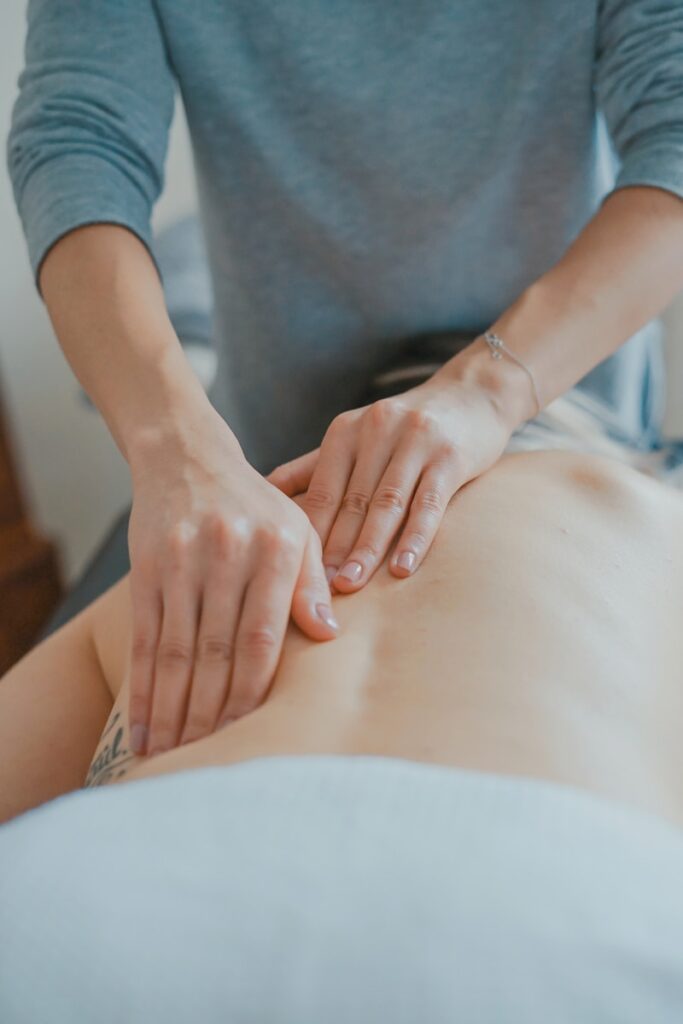Why Plantar Fasciitis Hurts
Plantar fasciitis ranks as one of the most common causes of heel pain, often triggered by microtears and inflammation in the band of tissue running from your heel to your toes. This fascia helps absorb shock and support the arch of your foot. When overstressed—by excessive standing, high-impact exercise, or ill-fitting shoes—it can become irritated, leading to sharp, burning, or aching sensations in the heel area.
The condition frequently announces itself with intense pain during your first steps each morning, then subsides slightly as you move around. Without proper care, plantar fasciitis can worsen, making even brief walks or standing breaks uncomfortable. Recognizing its early warning signs and root causes is vital to reversing the pain cycle.
Common Triggers and Risk Factors
Plantar fasciitis often results from repetitive strain, but several contributors can accelerate tissue damage:
- Excessive Running or Jumping: High-impact sports magnify stress on the fascia.
- Flat Feet or High Arches: Both extremes can increase tension where the fascia attaches.
- Prolonged Standing: Occupations requiring many hours on your feet can aggravate the heel.
- Unsupportive Footwear: Shoes with minimal arch support or cushioning.
- Sudden Activity Changes: Rapidly upping workout intensity or frequency.
Identifying these risk factors allows you to adjust routines or footwear choices before the fascia becomes seriously inflamed. Early intervention can significantly cut down on recovery time.
Early Signs to Notice
Plantar fasciitis pain often appears sporadically at first—an occasional twinge when getting out of bed or after a long run. As it progresses, you may experience:
- Sharp, stabbing heel pain upon standing in the morning
- Discomfort that eases slightly after initial steps
- Aching or stiffness along the arch during extended walks
- Pain flare-ups when climbing stairs or standing on tiptoes
While these symptoms may wane throughout the day, ignoring them only encourages further irritation. Addressing even mild indicators boosts your odds of avoiding persistent, debilitating heel pain.
Impact on Daily Life
Persistent heel pain can transform routine errands or workplace responsibilities into strenuous tasks. You might find yourself limping or adjusting your gait to compensate, potentially straining other muscles and joints. Simple pleasures—like strolling in the park or window-shopping—become chores rather than leisurely escapes.
In severe cases, people may limit their social or fitness activities due to fear of triggering a painful flare-up. This reluctance to stay active can weaken the surrounding foot and ankle muscles, perpetuating the cycle of discomfort. Recognizing the wide-ranging effects of plantar fasciitis underscores the need for timely, targeted solutions.
Holistic Relief Methods
While rest and anti-inflammatory medications might offer short-term respite, lasting relief generally requires a more comprehensive approach. Consider these avenues:
- Stretching Routines: Calf and arch stretches loosen tight tissues.
- Night Splints: Keeping the foot flexed during sleep aids fascia healing.
- Supportive Shoes: Footwear with sturdy arches and shock absorption lowers strain.
- Orthotic Inserts: Customized or off-the-shelf insoles can distribute pressure more evenly.
- Manual Therapies: Massage or myofascial release on the plantar fascia and calves.
Addressing multiple dimensions of plantar fasciitis—muscle tension, posture, and daily habits—often yields far better outcomes than relying on a single fix.
Exercises for Heel Health
Gentle, consistent exercise helps stretch and strengthen the foot arch, calves, and ankles, promoting resilience in the fascia. Before starting a new routine, ensure your symptoms are manageable enough for activity. Useful exercises might include:
- Toe Curls: Placing a towel on the floor and scrunching it up with your toes.
- Calf Raises: Lifting your heels off the ground to engage calf muscles.
- Rolling Massage: Using a tennis ball or frozen water bottle under the arch.
- Wall Calf Stretches: Lean forward with one foot behind you to elongate the calf.
Focus on slow, controlled movements. Pushing too hard may aggravate the inflamed fascia. Aim for steady improvement rather than rapid gains.
Footwear and Lifestyle Factors
Replacing worn-out shoes is often a game-changer for plantar fasciitis sufferers. Over time, shoe cushioning and arch support degrade, offering less protection. Opt for footwear designed with stability and shock absorption in mind—especially if you frequently walk or run on hard surfaces.
Lifestyle tweaks also accelerate healing. For instance, limiting high-impact activities like running can give your fascia time to recover. If you need cardiovascular exercise, consider low-impact options such as cycling or swimming. Elevating your feet when possible can reduce swelling, while maintaining a healthy weight lowers overall stress on your feet.
Emotional and Mental Elements
Chronic heel pain can wear on your emotional health. The frustration of restricted mobility or disrupted fitness goals can lead to irritability, stress, and sometimes even mild depression. Finding healthy ways to cope—such as meditation, journaling, or speaking with a mental health professional—can prevent emotional distress from compounding the physical struggle.
Maintaining social connections and seeking support from friends or family also guards against isolation. Sometimes, discussing your challenges with people who understand or share similar experiences brings practical tips and renewed motivation to stay on the path to recovery.
Book Your Appointment Now
If plantar fasciitis pain has begun dictating your days, it’s time to reclaim control with Dr. Elham Nemat’s expert care. Schedule your appointment directly on this page and receive a thorough assessment of your heel pain. We’ll tailor a plan to address the key contributors—from footwear choices to targeted stretches—ensuring you can resume life without the constant shadow of heel discomfort.
Don’t let heel pain decide which activities you enjoy. Book your session now to explore how a balanced approach, emphasizing both physical rehab and daily modifications, can empower you to move freely and confidently again.






